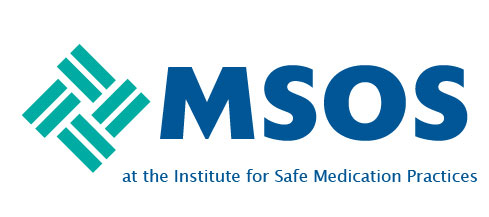For ambulatory MSO's, in Ohio, the Board of Pharmacy treats medical oxygen as a dangerous drug. Have you seen any offices that are compliant (particularly with storage and inventory management of medical oxygen) that you might be able to share their good practices?
As I am interpreting, the OAC has the same requirements for receipt, storage, and security (and all other requirements) of medical oxygen as non-controlled dangerous drugs in the State of Ohio. We are challenged with complying with these requirements because of
1) Receipts provided by oxygen suppliers do not contain all of the required inventory intake information by the BOP.
2) Because of the size of the tanks, we are challenged with the storage and security of medical oxygen since some offices only have secured medication cabinets and not rooms.
Also reached out to BOP to double check that offices need to follow all medication requirements for medical oxygen.
Including specific regs below if interested:
(B) All areas where medical oxygen is stored shall be maintained in a clean and orderly condition. Storage areas shall be maintained at conditions and temperatures which will ensure the integrity of the medical oxygen prior to use as stipulated by the manufacturer's or distributor's labeling. (This is easily achievable).
(C) Medical oxygen shall be secured in accordance with the requirements of division 4729:5 of the Administrative Code. (Offices with medication cabinets and no dedicated medication room with secure access would not meet compliance with this rule given the size constraints and medical gas storage requirements for safety).
To clarify, this rule requires that because "Medical oxygen" means oxygen that meets the definition of a dangerous drug pursuant to section 4729.01 of the Revised Code, the prescriber offices would have to follow https://codes.ohio.gov/ohio-administrative-code/rule-4729:5-19-03, specifically, section (I).

